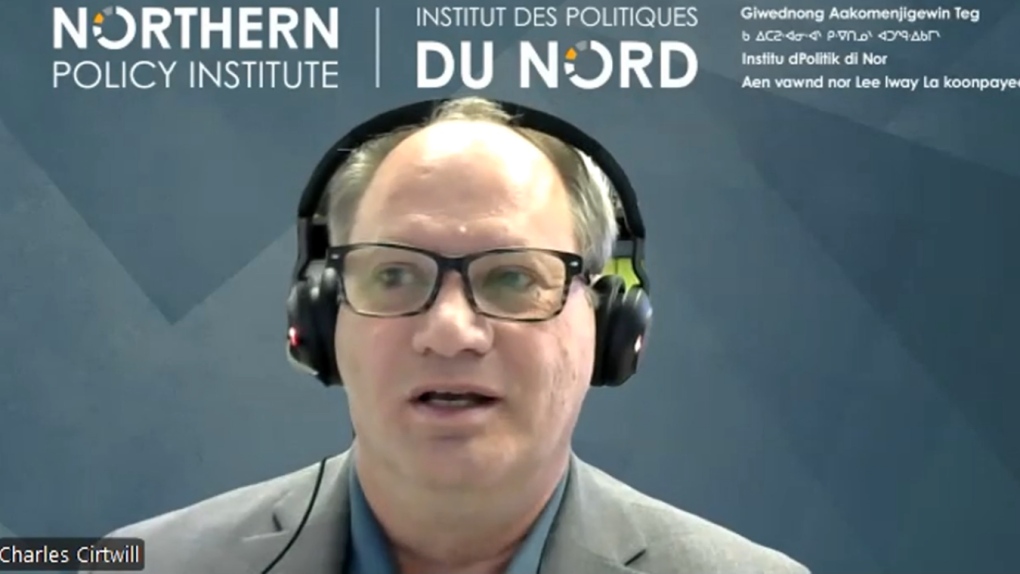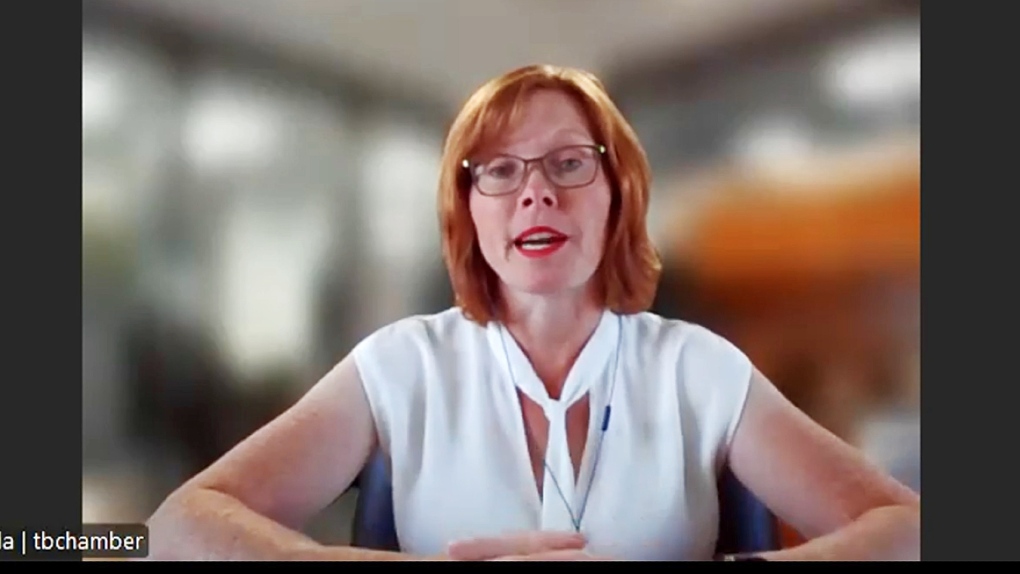Call to increase northern Ontario's share of skilled immigration
Municipalities in northern Ontario are being asked to support an effort to increase the north’s share of skilled immigration to 3,000 people a year.
Northern Ontario Chambers of Commerce, along with municipal economic development representatives and other groups, approved an initiative late last month to lobby the province to increase the region’s share under the Ontario Immigrant Nominee Program.
Currently, northern Ontario receives between 100-200 people each year under the program, with 90 per cent of all immigration centred in the Toronto area.
Ontario has 21,500 total spots in the program this year.
“We hear almost daily from some of the large and even smaller employers in the area that there are significant labour market demands and that immigration is definitely one of the solutions that they’re turning towards,” Timmins Mayor Michelle Boileau said at Tuesday’s council meeting where the issue was discussed.
Coun. Bill Gvozdanovic said while he supported the idea, he was concerned about the impact on an already tight housing market.
“The only issue I see with that is our vacancy rate is at a dangerous level and that is going to be an issue,” Gvozdanovic said.
“Where are people going to live?”
 But Charles Cirtwill, head of the Northern Policy Institute, says northern Ontario needs about 10,000 new people a year for the next decade in order to sustain our communities. (Photo from video)
But Charles Cirtwill, head of the Northern Policy Institute, says northern Ontario needs about 10,000 new people a year for the next decade in order to sustain our communities. (Photo from video)
But Charles Cirtwill, head of the Northern Policy Institute, said one of the reasons the province can’t build homes more quickly is the lack of skilled labour.
“Part of the reason that we have a housing shortage is because we haven't trained enough people to build houses,” Cirtwill said.
“It's going to take some time to … get the people into those programs get them through and graduate. So a very quick short-term solution is to find those people with pre-existing skills and bring them, as we’ve done it hundreds of times in the past.”
The proposed annual immigration target would see Greater Sudbury receive 689 newcomers under the program, Thunder Bay 498, Sault Ste. Marie 310, North Bay 290 and Timmins 166.
A full list can be found here.
Charla Robinson, head of the Thunder Bay Chamber of Commerce, said northern Ontario needs immigration because industries badly need skilled workers.
“Particularly in northern Ontario, we're seeing challenges in finding the workers that we need … retailers all the way up to large mines and forestry operations,” Robinson said.
 Charla Robinson, head of the Thunder Bay Chamber of Commerce, said northern Ontario needs immigration because industries badly need skilled workers. (Photo from video)
Charla Robinson, head of the Thunder Bay Chamber of Commerce, said northern Ontario needs immigration because industries badly need skilled workers. (Photo from video)
“Everybody's struggling to find people to fill the jobs. And that's because we have a declining population and an aging population.”
As the population ages, Cirtwill said communities need newcomers who will pay taxes that support municipal services.
“It's pretty clear that we need about 10,000 new people a year for the next decade in order to sustain our communities,” he said.
“A lot of us are getting ready to retire and there's not enough of us here to replace” people who are leaving the workforce.
Cirtwill said the immigration allocations were based on population, with an eye on ensuring that rural communities were also included in the calculations.
“In Ontario, almost all the immigrants go to Toronto,” he said.
“No one was particularly interested in seeing us just kind of recreate the problem and everybody going to Timmins or North Bay or Thunder Bay.”
Robinson said industries in communities across the north are in need of skilled labour. The program would tie immigration to specific job demands.
“So it's not just anybody come and maybe you'll find a job,” she said.
o Download our app to get local alerts on your device
o Get the latest local updates right to your inbox
While immigrants wouldn’t be forced to stay in the north once they are working here, she said northern Ontario has a lot to offer and many areas already have existing cultural communities that make the transition easier.
“As our communities are becoming more diverse, that is building local communities of folks from different countries,” Robinson said.
“The more we can continue to grow that diversity, the more that will … help to make it easier for folks with those sorts of cultural backgrounds to feel immediately welcomed and comfortable in a new country and in a new community.”
So far, the initiative has gotten a favourable reception from both municipal and provincial officials.
“I think that by all of us coming together and having a strong voice to say we all agree, this is what we need,” she said.
“I think that's the way to get this across the finish line -- if everyone's singing from the same song sheet.”
CTVNews.ca Top Stories

opinion Tom Mulcair: Prime Minister Justin Trudeau's train wreck of a final act
In his latest column for CTVNews.ca, former NDP leader and political analyst Tom Mulcair puts a spotlight on the 'spectacular failure' of Prime Minister Justin Trudeau's final act on the political stage.
B.C. mayor gets calls from across Canada about 'crazy' plan to recruit doctors
A British Columbia community's "out-of-the-box" plan to ease its family doctor shortage by hiring physicians as city employees is sparking interest from across Canada, says Colwood Mayor Doug Kobayashi.
Baseball Hall of Famer Rickey Henderson dead at 65, reports say
Rickey Henderson, a Baseball Hall of Famer and Major League Baseball’s all-time stolen bases leader, is dead at 65, according to multiple reports.
'There’s no support': Domestic abuse survivor shares difficulties leaving her relationship
An Edmonton woman who tried to flee an abusive relationship ended up back where she started in part due to a lack of shelter space.
Oysters distributed in B.C., Alberta, Ontario recalled for norovirus contamination
The Canadian Food Inspection Agency has issued a recall due to possible norovirus contamination of certain oysters distributed in British Columbia, Alberta and Ontario.
Arizona third-grader saves choking friend
An Arizona third-grader is being recognized by his local fire department after saving a friend from choking.
Blake Lively accuses 'It Ends With Us' director Justin Baldoni of harassment and smear campaign
Blake Lively has accused her 'It Ends With Us' director and co-star Justin Baldoni of sexual harassment on the set of the movie and a subsequent effort to “destroy' her reputation in a legal complaint.
New rules clarify when travellers are compensated for flight disruptions
The federal government is proposing new rules surrounding airlines' obligations to travellers whose flights are disrupted, even when delays or cancellations are caused by an "exceptional circumstance" outside of carriers' control.
Germans mourn the 5 killed and 200 injured in the apparent attack on a Christmas market
Germans on Saturday mourned the victims of an apparent attack in which authorities say a doctor drove into a busy outdoor Christmas market, killing five people, injuring 200 others and shaking the public’s sense of security at what would otherwise be a time of joy and wonder.

































